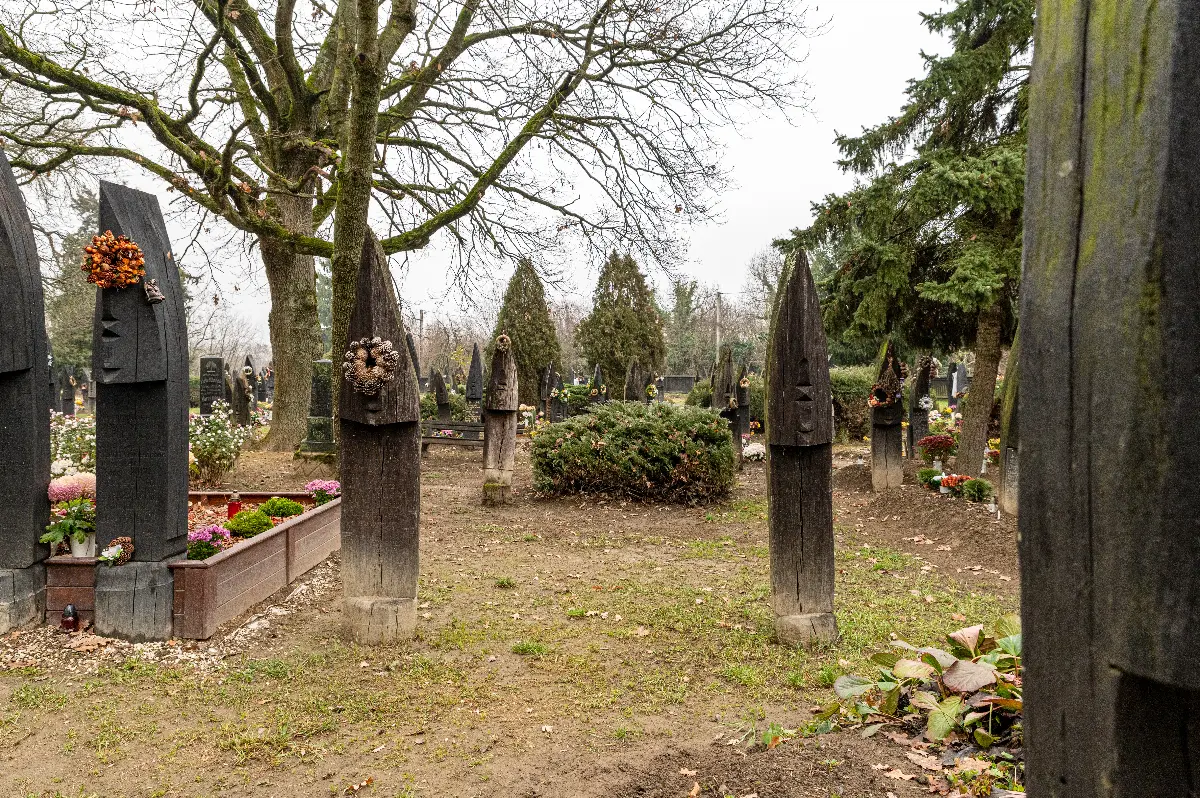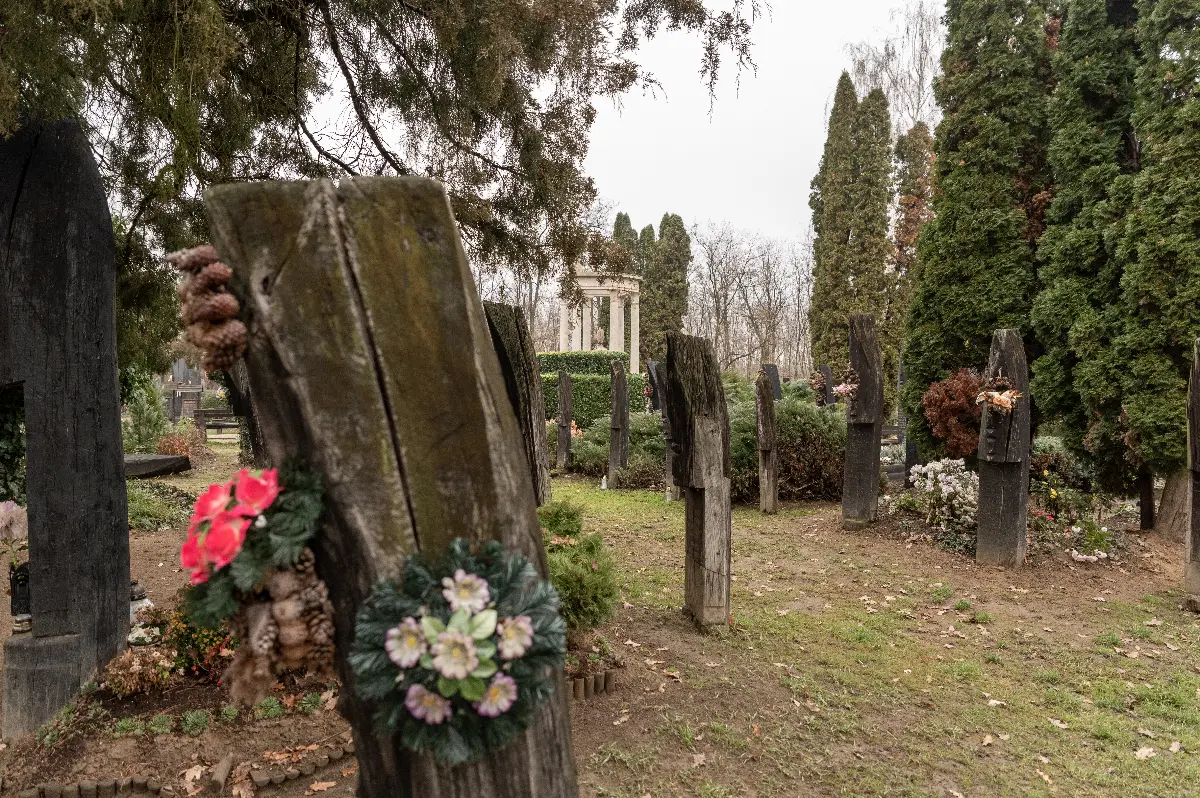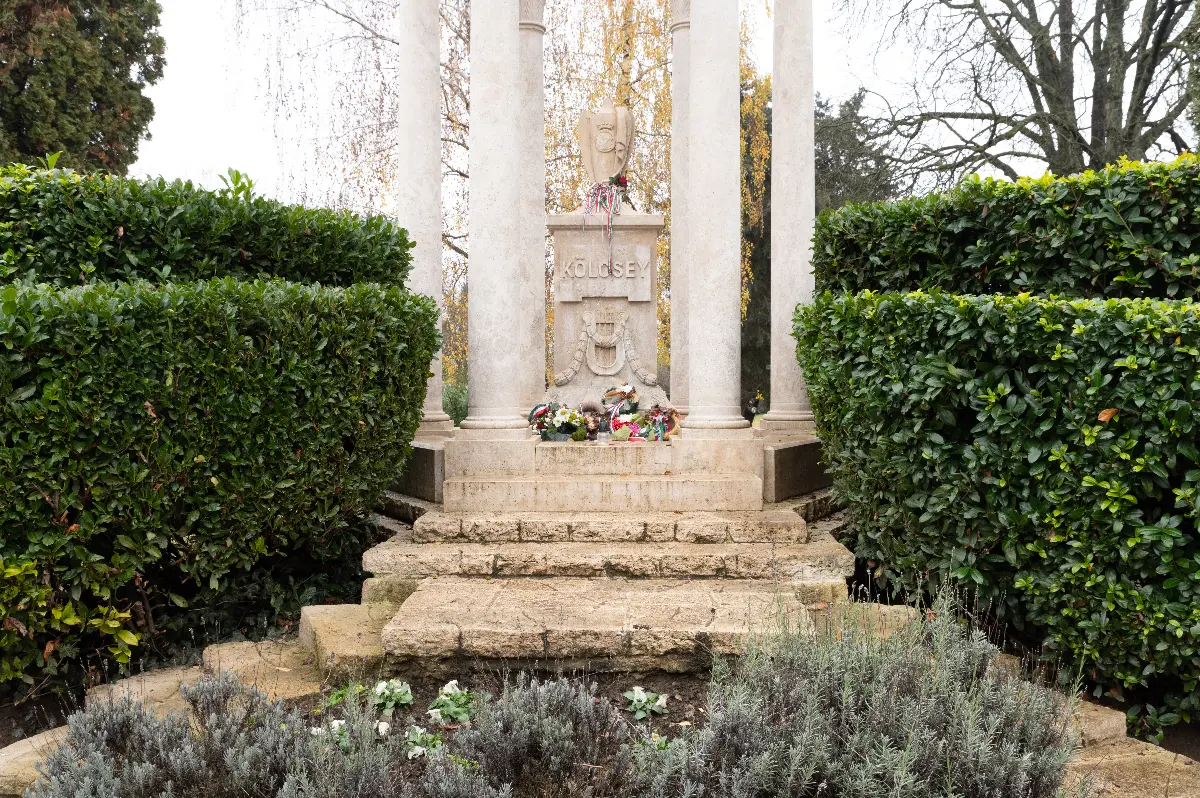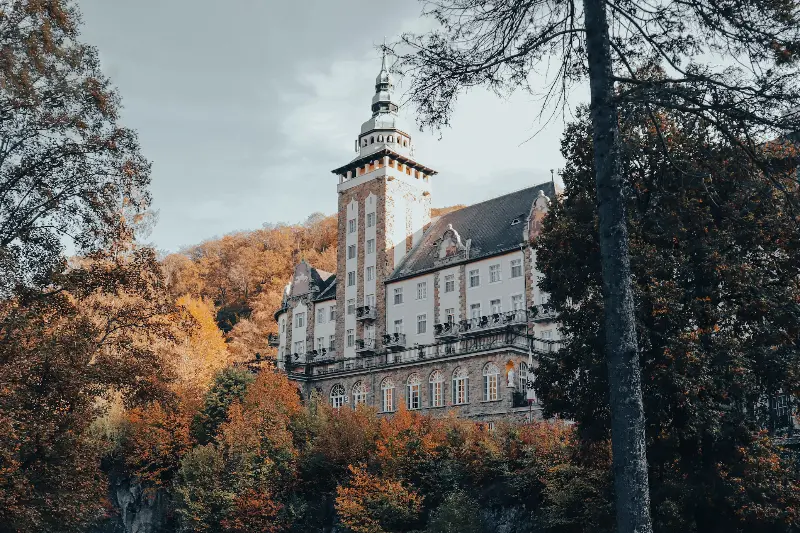
Helyszín címkék:
CoolTour in Szatmár – In the footsteps of the greats of Hungarian literature
Séra Zsanett
Ferenc Kölcsey and Szatmárcseke
Szatmárcseke is located in the northeastern part of our small country. The village of Szabolcs-Szatmár-Bereg county is bordered by the Tisza from the north and west, the Túr river from the east and the Old-Túr river from the south. Ferenc Kölcsey spent most of his life here, in Szatmárcseke, where many of his famous poems were written. The most famous of these is the Hymn, written on 22 January 1823. Since 1989, this day has been celebrated as the Day of Hungarian Culture. The village preserves worthily the memory of one of the most famous figures of Hungarian literature. On the site of the former Kölcsey mansion, in the street named after the poet, there is now a community centre where you can know more about his life and work. In front of the building is the full-size statue of Ferenc Kölcsey, by László Marton, dedicated in 1973 on the 150th anniversary of the writing of the Hymn, and this truncated memorial column that served as a tomb between 1856 and 1938.
There are many legends surrounding the poet's death in 1838, the circumstances and cause of which have been the subject of much research. The best-known story is that while travelling in a carriage on an official trip, he was caught in a storm, caught a cold and died after a short illness on 23 August. The funeral was then conducted unusually quickly, the day after his death, which understandably aroused suspicions.
Some people suspected a dark political game in the background, as Lajos Kossuth, who was arrested at the time, and Miklós Wesselényi, who was on trial, shared the poet's undesirable principles. According to other stories, after Kölcsey's funeral, two dozen German soldiers arrived in Szatmárcseke to dig up the grave – they were looking for treasonous documents but found nothing. Some people did not even believe that the poet had died. According to some theorists, the poet was loaded onto a cart under cover of night and taken prisoner, never to return, and the coffin was buried empty. This theory was disproved by the repeated exhumation of Ferenc Kölcsey's body.
The Kölcsey Society of Mátészalka had erected a six-columned neoclassical white marble tomb in his honour on the 100th anniversary of his death in the cemetery of Szatmárcseke. The remains of the poet were laid to rest here in 1938 with his brother Ádám Kölcsey and his wife Jozefin Szuhányi.

But the Calvinist cemetery is not only worth visiting for the poet's grave. Here you can find the tombs with boat-shaped headstones that are unique to Szatmárcseke. Many people have tried to decipher the origin of the 1.5-2 metre-high oak tomb. The most obvious explanation is that the boat-shaped headstones refer to the location of the village near the Tisza. The river has not only provided a livelihood for many of the people but has also caused their deaths during flooding. In such cases, the bodies could only be transported to the cemetery by boat, and at the end of the ceremony, the boats were simply placed on the graves, marking the resting places.

Zsigmond Móricz and Tiszacsécse
Tiszacsécse is also called a wandering village because after the Tisza destroyed it in the 17th century, the village simply moved away. Zsigmond Móricz, the great writer of Hungarian literary realism, was born in 1879 here, and it is here that the building known today as the Zsigmond Móricz Memorial House, the third home of the family, and for a long time was mistakenly referred to as the writer's birthplace. The parental home stood at the other side of the village, close to Milota but was demolished in the 1970s and replaced by another building.
The memorial house was opened in 1966 and it is still the home to an exhibition of literary history and an interior design exhibition. The building is a typical farmhouse in the Upper-Tisza region with a high, steeply roof, a typical Carpathian folk architecture on the edge of the Hungarian Great Plain. The walls are made of adobe, the roof is thatched with straw, and the furnishings reflect the poor peasant lifestyle. Several utensils are from the Nyilas family, related to the Móricz family, but there are also original Móricz relics in the house. One of these is the writer's cradle, which was found in the attic of his birthplace when the writer's 50th birthday was celebrated. The family kept it for decades and donated it in 1966 when the memorial house was built. The other relic is the hat on the rack, worn by Zsigmond Móricz on his folk song collecting tour of Szatmár. A full-length bronze statue stands in the middle of the courtyard: Imre Varga's work represents the writer visiting his home. There is a replica of the statue in Budapest, opposite the Móricz Zsigmond Körtér stop of metro line 4.
Although Móricz spent only the first six years of his life in Tiszacsécse, he always remembered his home village with all his heart. In the summer of 1942, a few months before his death, he testified:
"The untroubled happiness that has cheered me all my life is that I had a homeland as beautiful as a fairy tale."






